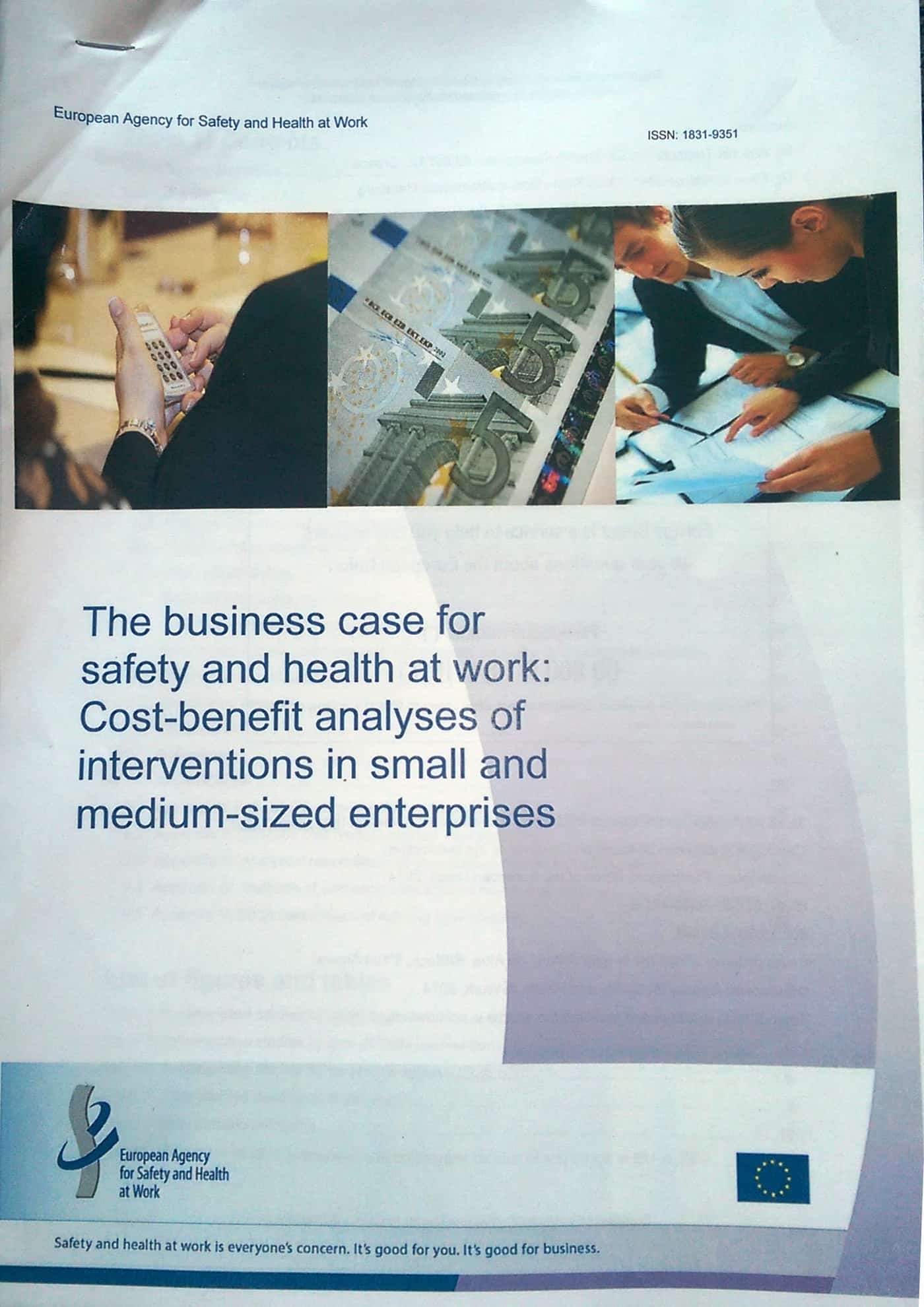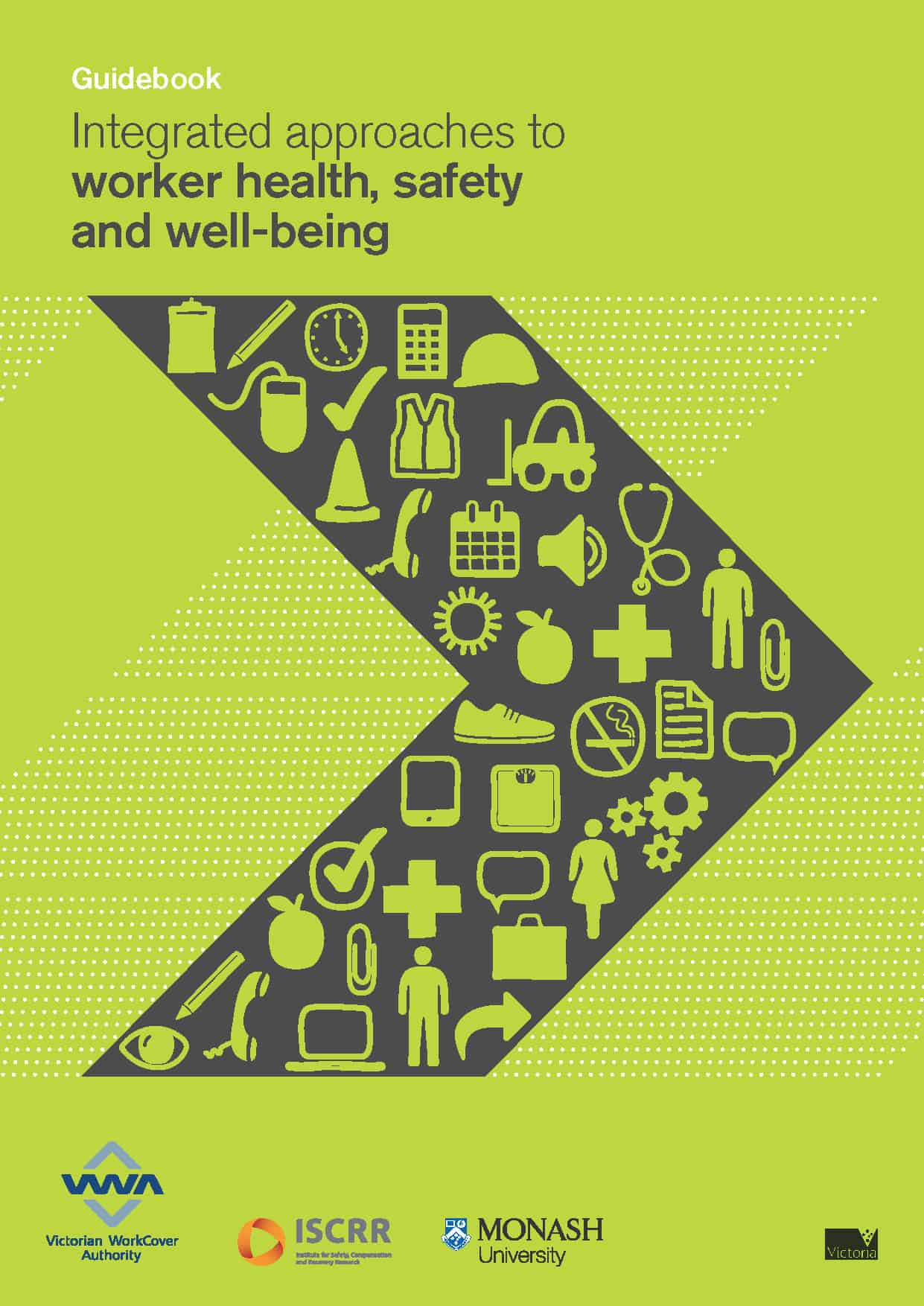Earlier this month SafetyAtWorkBlog was critical of a (still yet to be released) guidebook on “Integrated approaches to worker health, safety and well-being”. Specifically the case study information in the guidebook needed more depth and it was suggested that
“ This weakness could be compensated for through a strong campaign where the companies in the case studies speak about their experiences first-hand.”
The Victorian Workcover Authority (VWA) has redeemed itself slightly with a presentation by one of the case studies’ safety managers during the authority’s annual OHS week. Murray Keen of ConnectEast provided a detailed list of the combination of safety and health programs the company has applied over the last few years. Keen claims that these programs have contributed to the company having
- no workers compensation claims since december 2009;
- a much lower than average attrition rate in its call centre;
- annual absenteeism of 4.6 days per person compared to a national average of between 8.75 and 9.2 days; and
- only 4 first aid incidents for the 2013-14 financial year – no Lost Time Injury or Medical Treatment Injury.
Keen also told the audience that the company has granted him a year-on-year increase to his safety budget and when asked about the cost of the programs introduced he said that one workers compensation claim almost covered the cost of the safety program.
This level of detail is what the guidebook was lacking as it provided the information that many safety managers would need to make a case to their executives for support and resources.

 In developing harm reduction and prevention strategies, the occupational health and safety (OHS) profession likes to look at worst case scenarios on the understanding that dealing with an extreme event introduces mechanisms that deal with lesser events. Partly this is a legacy of
In developing harm reduction and prevention strategies, the occupational health and safety (OHS) profession likes to look at worst case scenarios on the understanding that dealing with an extreme event introduces mechanisms that deal with lesser events. Partly this is a legacy of 
 Later this month, the Victorian WorkCover Authority (VWA) will be releasing a document entitled “Integrated approaches to worker health, safety and well-being” (pictured right, but not yet available online). It is intended to generate discussion on how to improve workplace safety performance by breaking down the walls of various disciplines, production processes, consultative silos and institutional or organisational biases. This document builds on the overseas experience of the
Later this month, the Victorian WorkCover Authority (VWA) will be releasing a document entitled “Integrated approaches to worker health, safety and well-being” (pictured right, but not yet available online). It is intended to generate discussion on how to improve workplace safety performance by breaking down the walls of various disciplines, production processes, consultative silos and institutional or organisational biases. This document builds on the overseas experience of the 